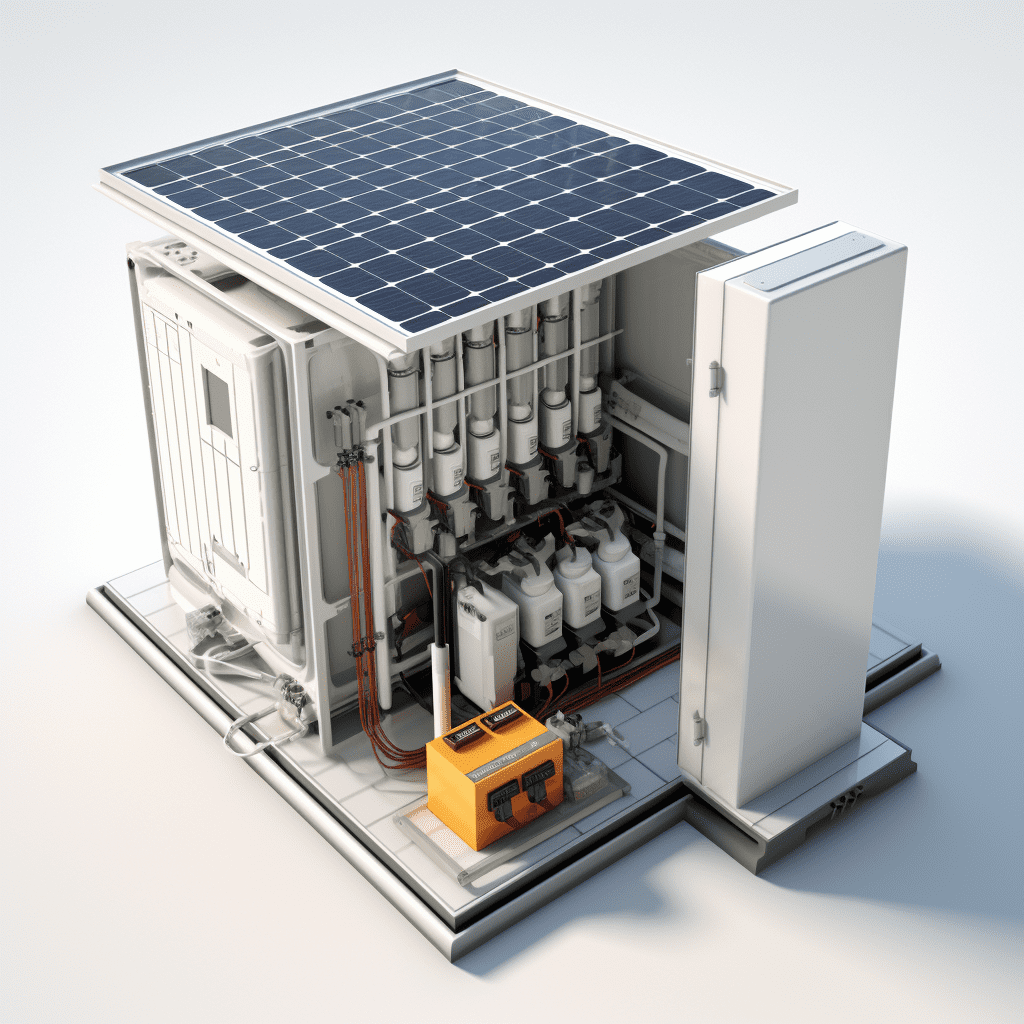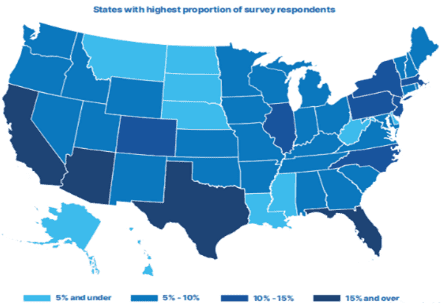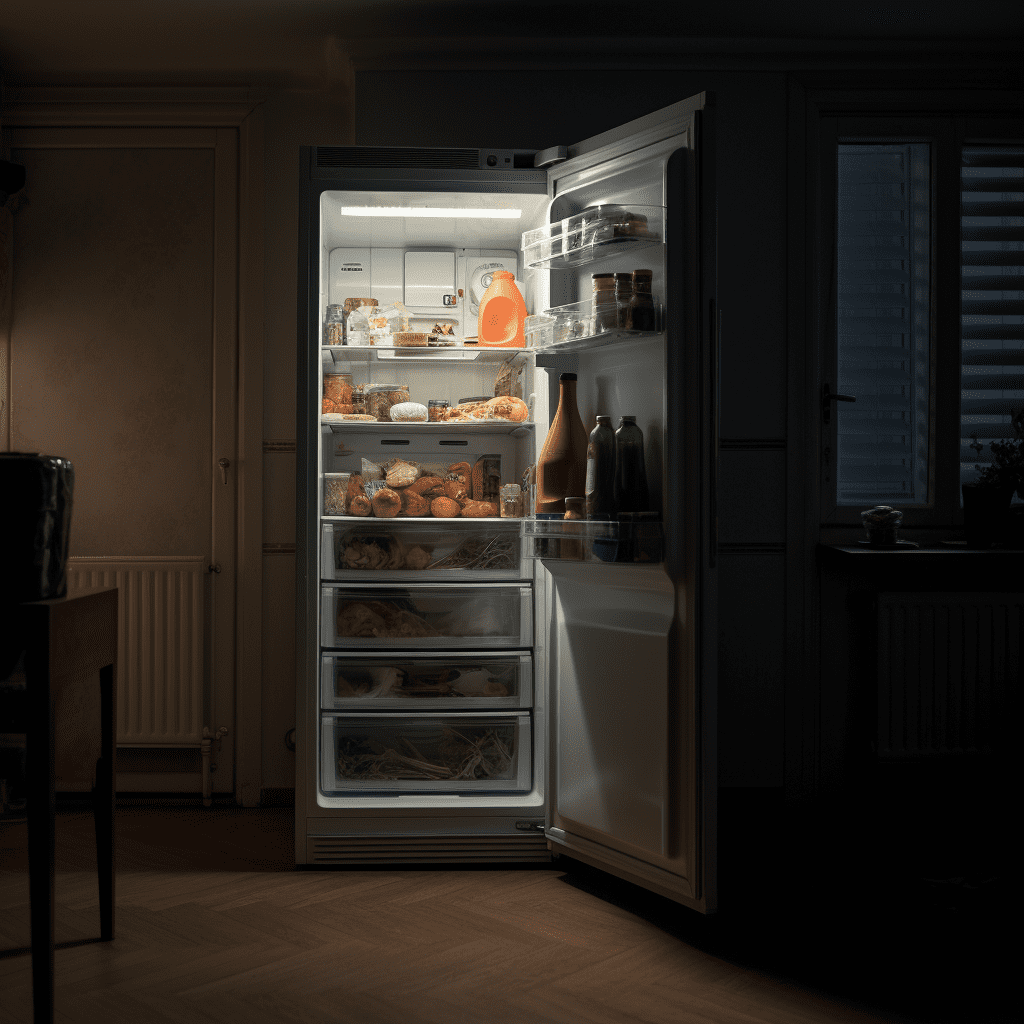A 750-watt inverter can power certain microwaves, but it depends on the microwave’s wattage and surge requirements. Most microwaves require more power during startup than their rated cooking wattage, so it’s essential to check these specifications before use.
What Is a 750-Watt Inverter?
A 750-watt inverter converts DC (direct current) electricity from batteries into AC (alternating current) electricity, providing up to 750 watts of continuous power. This type of inverter is commonly used in vehicles, RVs, and off-grid solar systems to run small appliances and electronics.
| Specification | Description |
|---|---|
| Continuous Power Output | Up to 750 watts |
| Surge Capacity | Typically around 1500 watts |
| Input Voltage | Usually operates on 12V or 24V DC |
How Much Power Does a Microwave Use?
Microwave ovens typically have rated cooking power that ranges from 600 to 1200 watts, but they often draw more power during startup. For example, a microwave rated at 800 watts may require up to 1500 watts at startup due to its surge demands.
| Microwave Wattage | Startup Power Requirement |
|---|---|
| 600 watts | Approximately 900 – 1200 watts |
| 800 watts | Approximately 1200 – 1500 watts |
| 1000 watts | Approximately 1500 – 2000 watts |
Can a 750-Watt Inverter Run a Microwave?
Yes, a 750-watt inverter can run smaller microwaves, particularly those with lower wattage ratings. However, it is crucial to ensure that the microwave’s startup power does not exceed the inverter’s surge capacity. If the microwave requires more power than the inverter can provide, it may cause the inverter to shut down.
| Condition | Result |
|---|---|
| Microwave <750 Watts | Can run continuously without issues |
| Microwave >750 Watts | May cause inverter overload |
What Appliances Can a 750-Watt Inverter Power?
A 750-watt inverter can power various small appliances and devices, including:
- Laptops
- Small televisions
- Portable fans
- Some microwaves (depending on their wattage)
| Appliance | Typical Wattage Requirement |
|---|---|
| Laptop | ~50 – 100 watts |
| Small TV | ~100 – 200 watts |
| Portable fan | ~30 – 50 watts |
| Small microwave | ~600 – 800 watts (check startup requirements) |
What Are the Surge Requirements for Microwaves?
Microwaves typically have high surge requirements when starting up. This initial surge can be two to three times their running wattage. For instance, an 800-watt microwave may require up to 1500 watts during startup. Thus, it’s essential to choose an inverter that can handle this surge.
| Appliance | Running Watts | Surge Watts |
|---|---|---|
| Small Microwave | ~800 watts | Up to ~1500 watts |
How Do You Calculate the Power Needs of Appliances?
To calculate the power needs of appliances, use the formula:
For example, if an appliance uses 5 amps at 120 volts, it consumes:
| Calculation | Example |
|---|---|
| Voltage | Typically 120V or 240V |
| Current | Varies by appliance |
| Total Power | Calculated using P=V×I |
Redway Battery offers high-quality lithium batteries that can complement inverters, providing reliable energy storage solutions for various applications.
Buy Wholesale Battery Tips
For businesses looking to purchase batteries suitable for various applications, partnering with a reliable manufacturer is essential.Redway Battery, with over 13 years of experience, is an excellent choice for battery wholesale buyers or OEM orders clients overseas. To place an OEM order from Redway:
- Identify your specific battery requirements.
- Contact Redway’s sales team with your specifications.
- Discuss pricing, minimum order quantities, and lead times.
- Finalize your order details and confirm production timelines.
This process ensures you receive top-notch products tailored to your needs while benefiting from competitive pricing.
Industrial News
Recent trends in inverter technology focus on enhancing efficiency and reducing size while increasing output capacity. Manufacturers are now producing inverters that can handle higher surge loads without compromising performance. This development is crucial as more consumers seek portable power solutions for camping and emergency situations.
Redway Expert Views
“Understanding how much power your appliances require is critical when selecting an inverter,” states an expert at Redway Battery. “A well-chosen inverter not only ensures reliable operation but also maximizes energy efficiency, making it essential for both everyday use and emergency preparedness.”
Frequently Asked Questions About Using a 750-Watt Inverter
- Can a 750-watt inverter run a microwave? Yes, if the microwave’s running wattage is below 750 watts, but ensure it can handle surge requirements.
- What appliances can I run on a 750-watt inverter? You can run laptops, small TVs, portable fans, and some microwaves depending on their wattage.
- How do I calculate my appliance’s power needs? Multiply voltage by current (amps) using P=V×I.
- What should I consider when choosing an inverter? Check both running and surge wattages of your appliances and ensure compatibility with your battery system.






